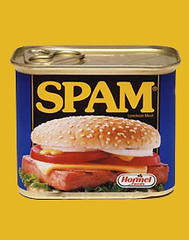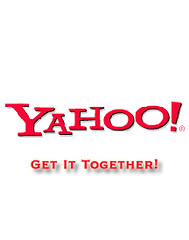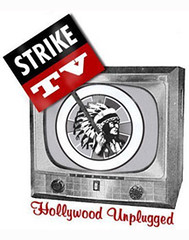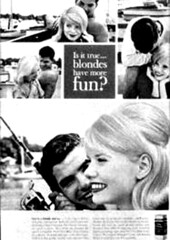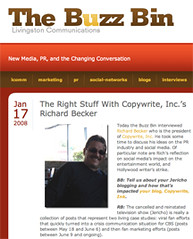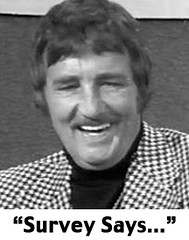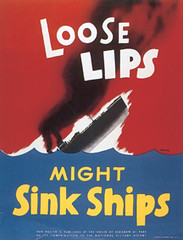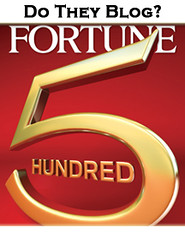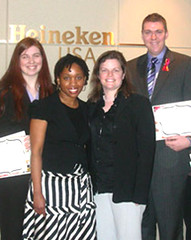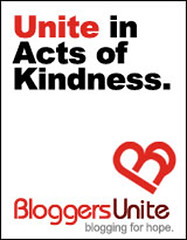Forget Facebook and other online advertising models for a minute. Datran Media released a study that says direct-to-consumer e-mail spam works.
More than 82 percent of the marketers surveyed indicated that they plan to increase e-mail marketing this year. That’s a whole lot of e-mails.
Why? As much as everybody complains about e-mail advertising, it seems to work. The Direct Marketing Association (DMA) even released a report that says e-mail ROI can hit as much as $45.65 on every dollar spent, which is twice as much ROI earned from other mediums.
This study mirrors other industry specific releases sent out by the DMA, including one that predicted e-mail from the insurance industry will increase as much as 23.4 percent in the next few years. The insurance industry is not alone. E-mail advertising has become a red-hot choice among marketers nationwide.
Except. There are some things working against e-mail ROI. There is the increasing pressure on state legislatures by the public. There are the issues that cross over into the Federal Trade Commission’s consideration of online advertising. And, of course, there is the growing problem of over saturation.
Simply put, the more e-mail advertisements that consumers receive, the less effective the medium will become and the more likely it will be prone to stricter regulation. There are other considerations too, including that the DMA study on ROI in terms of dollars does not adequately consider long-term brand consequences or negative impressions. It also doesn’t consider the risks that more consumers associate with it.
Like most advertising and communication, direct e-mail advertising is a tool. It does not work for all companies or products, and can even be detrimental for some. Inc. recently published a great column that helps temper the hype and brings it back into focus.
Personally, before considering an e-mail campaign, I think many companies are better off thinking about a well-executed social media plan. Social media can be equally, if not more, effective because it allows the consumer to receive information when they want it and how they want it: RSS feed, e-mail subscription, social network announcement, Google search, etc.
Sure, social media, such as a blog, is considered passive by comparison. But then again, the communication doesn’t rely exclusively on an e-mail list either. In other words, while more than 70 percent of marketers said they intend to use e-mail to enhance consumer relationships, one wonders if consumers share their point of view.

More than 82 percent of the marketers surveyed indicated that they plan to increase e-mail marketing this year. That’s a whole lot of e-mails.
Why? As much as everybody complains about e-mail advertising, it seems to work. The Direct Marketing Association (DMA) even released a report that says e-mail ROI can hit as much as $45.65 on every dollar spent, which is twice as much ROI earned from other mediums.
This study mirrors other industry specific releases sent out by the DMA, including one that predicted e-mail from the insurance industry will increase as much as 23.4 percent in the next few years. The insurance industry is not alone. E-mail advertising has become a red-hot choice among marketers nationwide.
Except. There are some things working against e-mail ROI. There is the increasing pressure on state legislatures by the public. There are the issues that cross over into the Federal Trade Commission’s consideration of online advertising. And, of course, there is the growing problem of over saturation.
Simply put, the more e-mail advertisements that consumers receive, the less effective the medium will become and the more likely it will be prone to stricter regulation. There are other considerations too, including that the DMA study on ROI in terms of dollars does not adequately consider long-term brand consequences or negative impressions. It also doesn’t consider the risks that more consumers associate with it.
Like most advertising and communication, direct e-mail advertising is a tool. It does not work for all companies or products, and can even be detrimental for some. Inc. recently published a great column that helps temper the hype and brings it back into focus.
Personally, before considering an e-mail campaign, I think many companies are better off thinking about a well-executed social media plan. Social media can be equally, if not more, effective because it allows the consumer to receive information when they want it and how they want it: RSS feed, e-mail subscription, social network announcement, Google search, etc.
Sure, social media, such as a blog, is considered passive by comparison. But then again, the communication doesn’t rely exclusively on an e-mail list either. In other words, while more than 70 percent of marketers said they intend to use e-mail to enhance consumer relationships, one wonders if consumers share their point of view.






